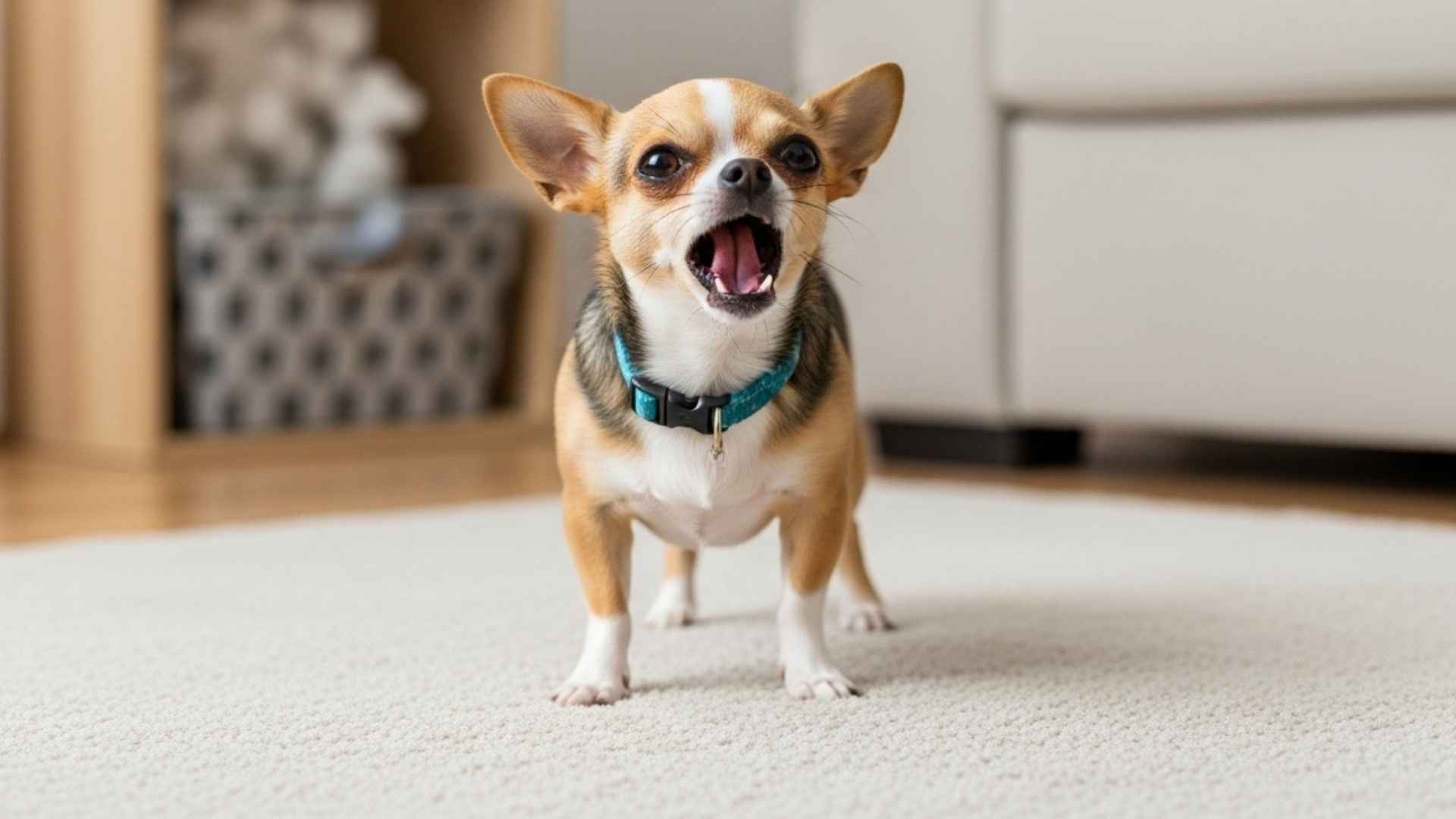Ever met a dog that simply can’t stop talking? From cheerful yaps to soulful howls, some breeds are natural chatterboxes. They don’t just bark—they tell stories, express feelings, and sometimes, argue back like little furry comedians.
If you’ve ever had a Husky howl at you like it’s singing a song or a Beagle that barks at every squirrel in sight, you know what we mean. Dogs have always been our companions, protectors, and entertainers. But some take it a step further, using their voices to grab our attention and keep life far from dull.
While quiet breeds are great for peace and calm, chatty pups bring an unmatched personality and presence into a home. Whether it’s alerting you to strangers, joining in your conversations, or just filling silence with their unique sounds, these dogs have a lot to say.
We’ll explore the most vocal dog breeds that are famous for their lively “conversations.” You’ll discover which furry friend tops the charts for their expressive barks, howls, and yips—and whether a chatty canine is the right match for your lifestyle.
Fun Fact: Did you know the Guinness World Record for the loudest bark belongs to a Golden Retriever named Charlie? His bark hit 113.1 decibels—that’s as loud as a rock concert!
Most Vocal Dog Breeds You Need to Know About
1. Beagle
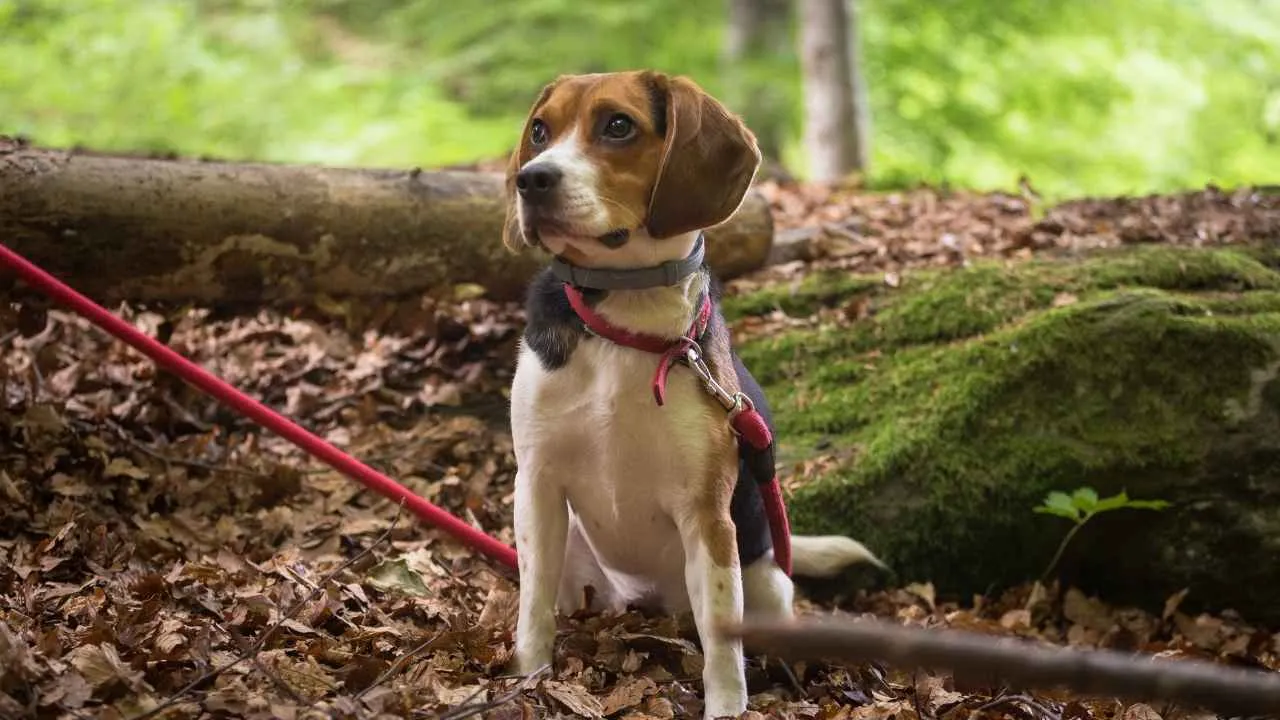
Barking Level: Very High
If dogs had a talent show, the Beagle would skip the agility course and head straight to the microphone. Known for their impressive vocal range, Beagles don’t just bark—they perform. These little hounds have three signature sounds:
The classic bark/growl (your standard “intruder alert”),
The dramatic baying howl (usually reserved for when they’ve caught a scent),
And the half-baying howl, which translates roughly to: “Hey everyone, I found something important!… oh wait, it’s just a squirrel.”
Beagles aren’t yappy, but when they decide to speak, everyone in the neighborhood will know about it. Trains, sirens, or even another dog barking two streets over? That’s their cue to chime in.
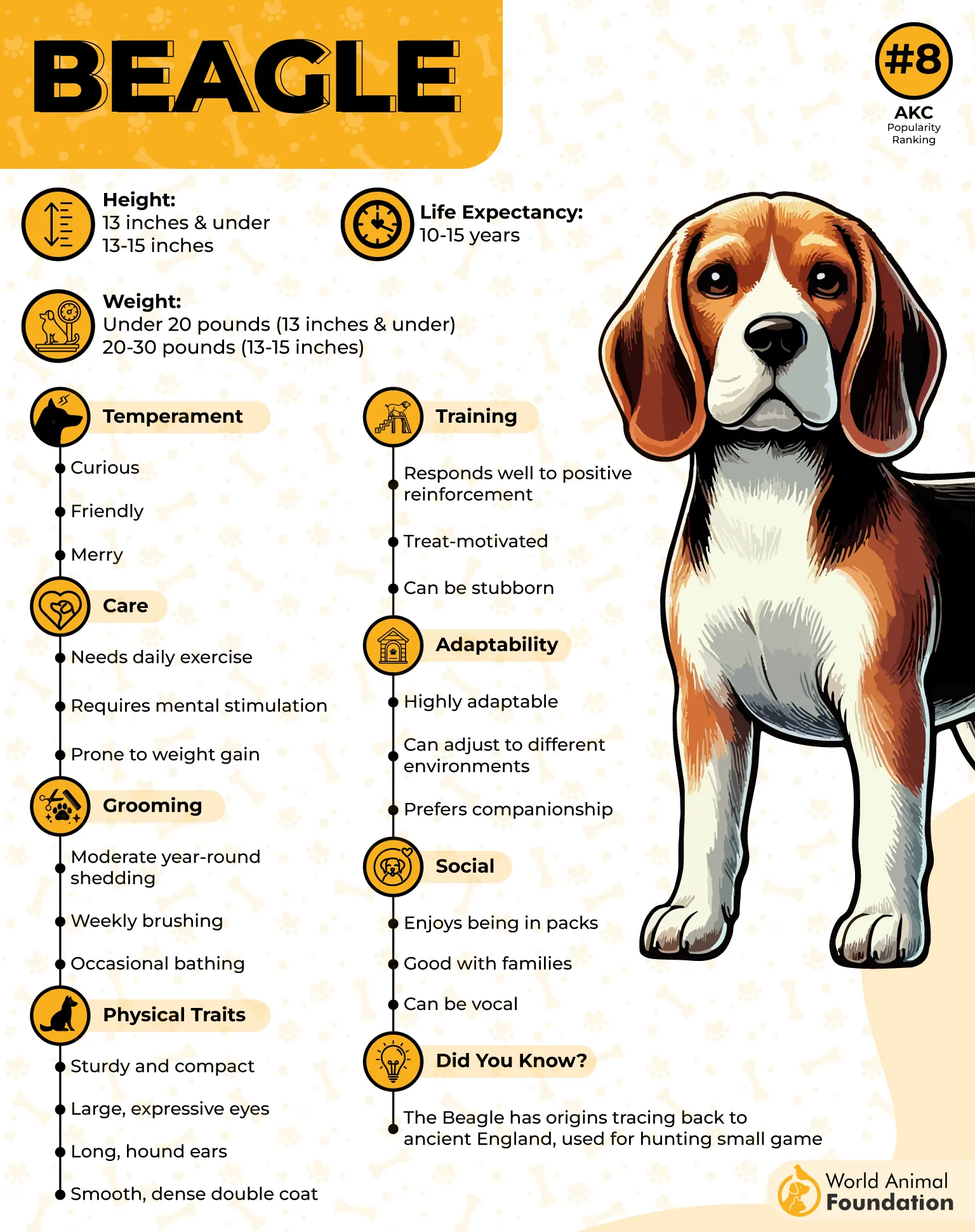
Despite their vocal talents, Beagles are lovable companions. They thrive in packs, get along with other pets (especially if introduced early), and make fast friends with humans. Think of them as that social butterfly who somehow knows everyone at the party… and makes sure you know they’re there, too.
Their adaptability makes them surprisingly good apartment dogs—as long as you’re ready to keep up with their exercise needs. They demand about an hour of activity a day. Without it, don’t be surprised if they turn their “singing career” into an art project involving shredded couch cushions.
Bottom line: If you want a dog that doubles as a furry alarm clock and keeps your life interesting, the Beagle is your guy. Just be prepared to explain to your neighbors why your dog sounds like it’s auditioning for “America’s Got Howls.”
2. Siberian Husky
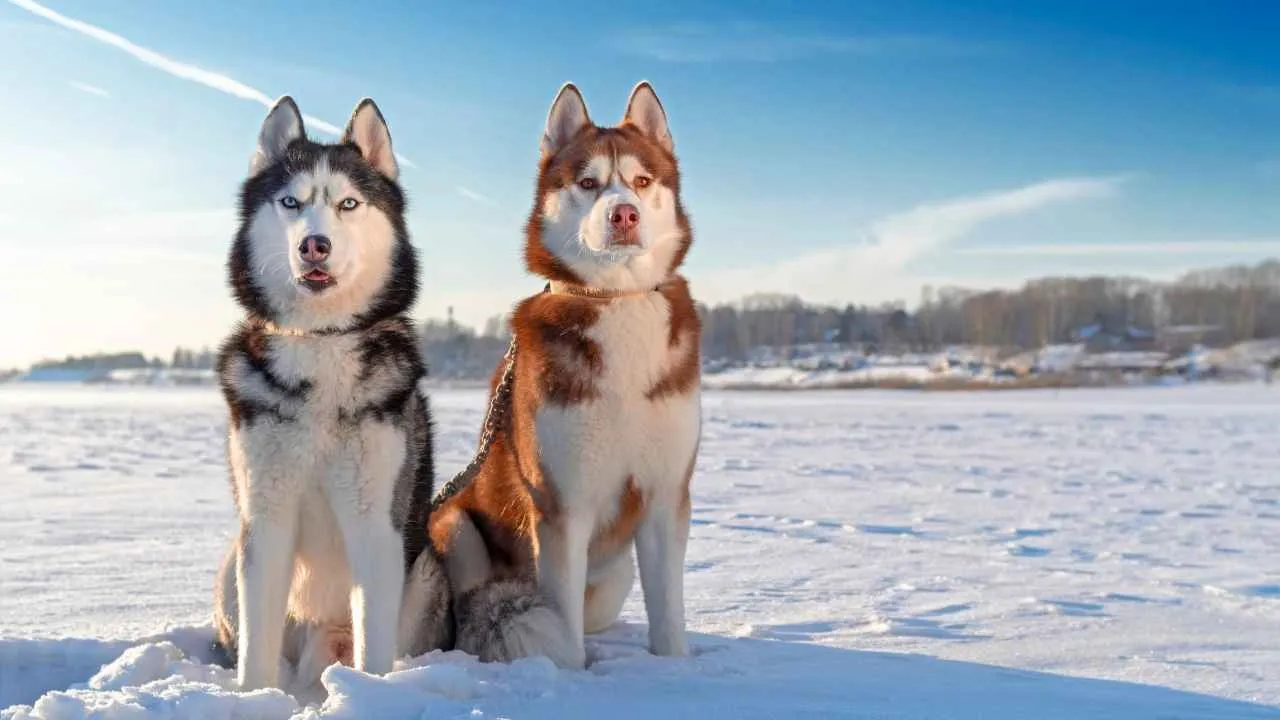
Barking Level: Moderate to High
If Beagles are opera singers, Huskies are the Broadway stars—loud, expressive, and not afraid to make sure the spotlight is on them. While they’re not constant barkers, Huskies are famous for their howls, whines, and “talking”.
Owners often swear their Husky is capable of full conversations… or at least very dramatic complaints about dinner being 3 minutes late. Bred to pull sleds across icy tundras, their howling is instinctive—it’s how they communicated with the pack over long, snowy distances, WebMD says.
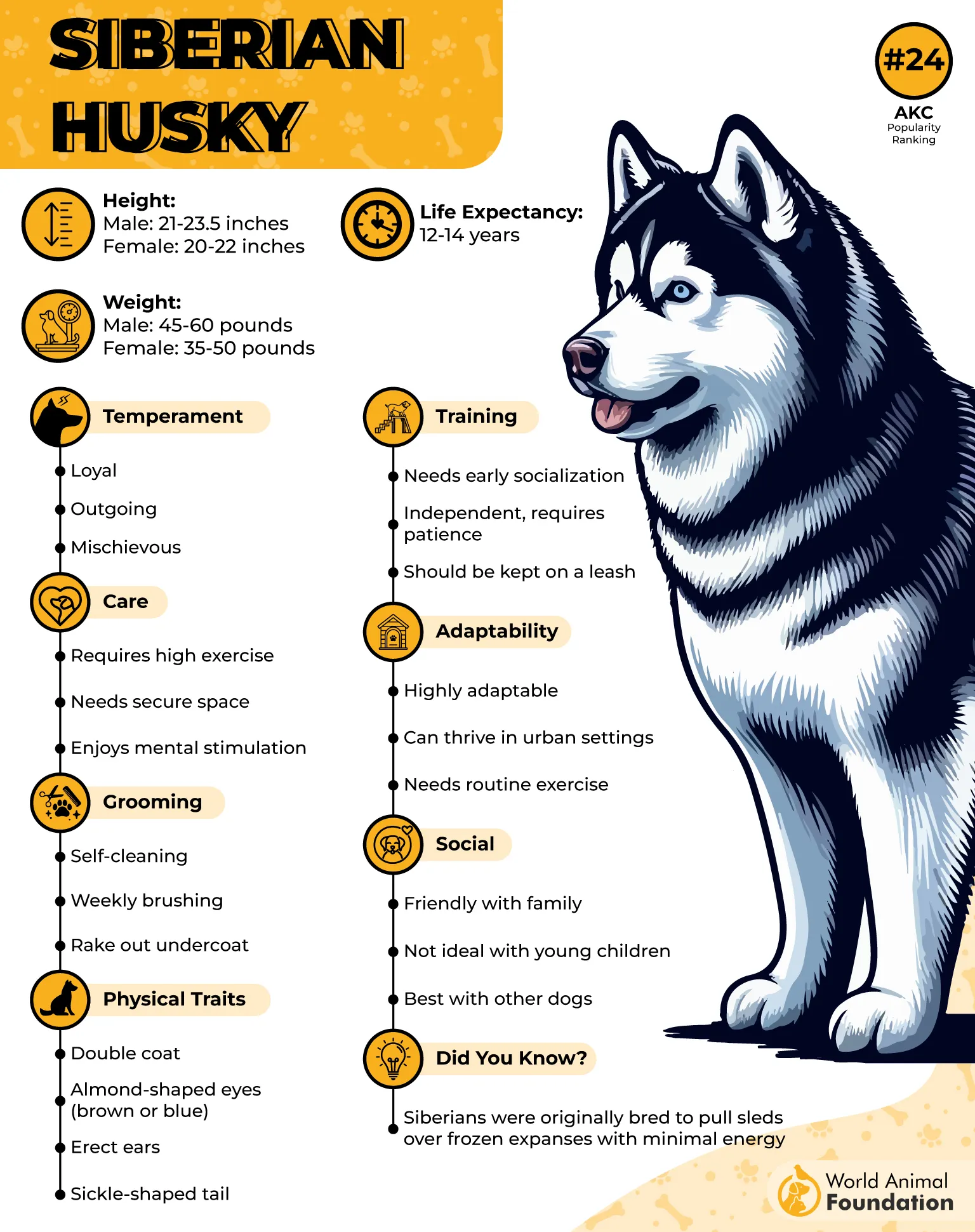
Even today, if a Husky hears a siren or another dog howling, it’ll join right in, as if to say, “Don’t worry, guys, I got this verse!”
Unlike some other vocal breeds, Huskies are way too friendly to make effective guard dogs. Instead of barking at a stranger, they’ll likely wag their tails and invite them inside for snacks. They’re playful, social, and thrive in a family environment where they have plenty of attention and room to run.
Speaking of running—Huskies are basically furry escape artists. If you plan on letting them loose in the yard, make sure your fence is at least six feet high (and sturdy enough to withstand climbing attempts). These dogs can and will go full “Ninja Warrior” if given the chance.
Bottom line: Huskies aren’t just dogs—they’re comedians, singers, and athletes rolled into one fluffy package. Expect noise, expect drama, and expect to laugh… a lot. Just don’t expect peace and quiet.
3. Chihuahua

Barking Level: Extremely High
Chihuahuas may be pocket-sized, but don’t let that fool you—their voices are mighty. Historically bred as companion dogs and watchdogs, they take their “guard duty” very seriously. A passing car? Bark. A guest at the door? Bark. A leaf blowing across the street? Oh, you better believe that’s a bark-worthy emergency.
These little dynamos are basically a 6-pound security system that never runs out of batteries. In a quiet environment, their constant barking can be… let’s say “challenging.” But to a Chihuahua, it’s simply their way of saying: “I’m small, I’m fierce, and the world will hear me roar!”
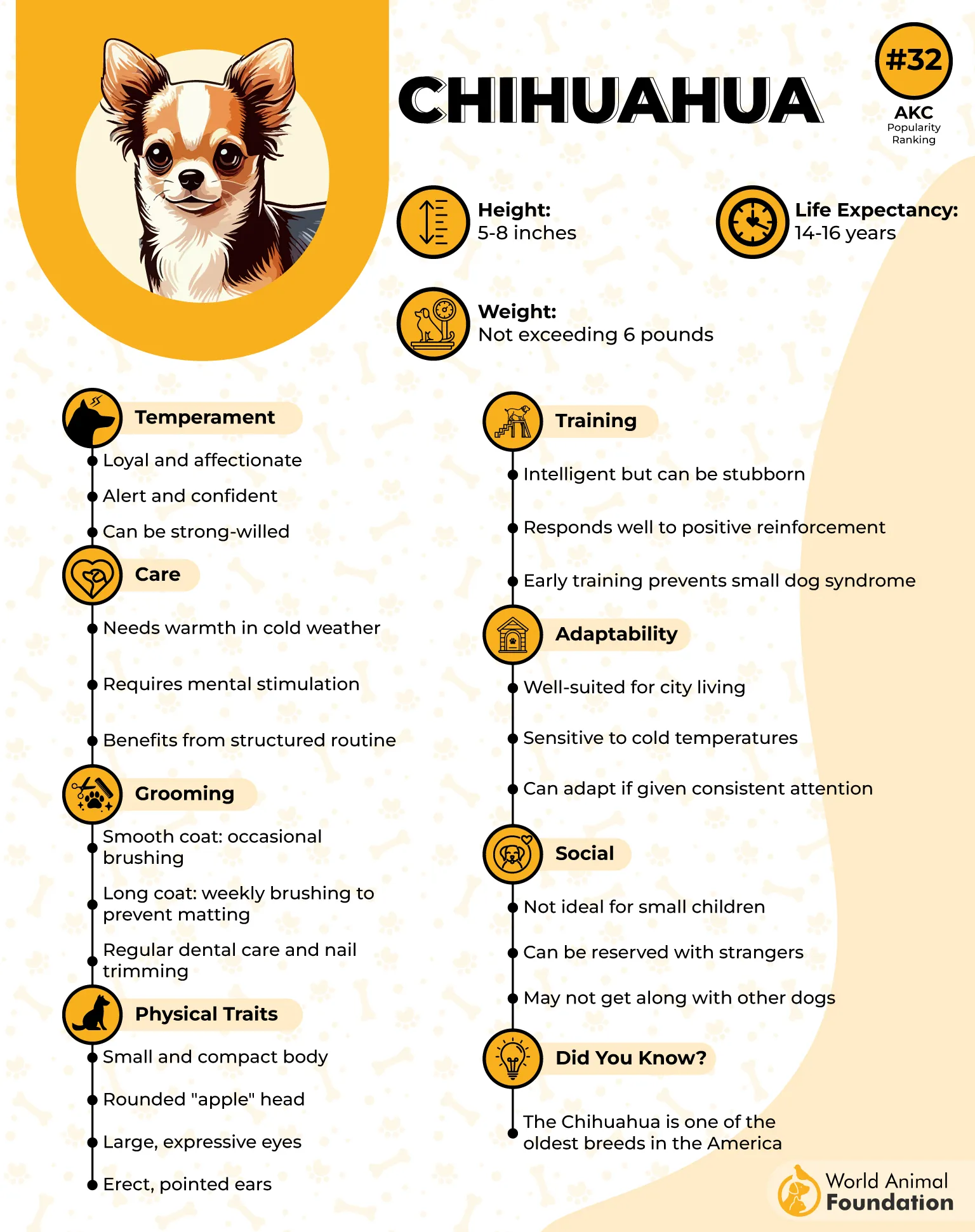
Personality-wise, Chihuahuas are a cocktail of affection, curiosity, bravery, and just a pinch of neediness.
They adore being close to their humans—often glued to your lap like a tiny, furry shadow. If you’re looking for a cuddle buddy who doubles as a pint-sized watchdog, this breed fits the bill. Just don’t expect them to give you much alone time.
Their boldness can sometimes get them into trouble, though. Chihuahuas are known to pick fights with dogs ten times their size, seemingly unaware that they’re the underdog in every sense of the word.
Early socialization is key to helping them interact better with other dogs (and save you from playing referee at the dog park).
Bottom line: A Chihuahua is equal parts diva, bodyguard, and cuddlebug. They’ll protect your home with relentless barking, love you fiercely, and keep life interesting. Just remember—you’re not adopting a dog. You’re adopting a tiny monarch who expects your world to revolve around them.
4. Yorkshire Terrier

Barking Level: Very High
Don’t let the Yorkie’s adorable face fool you—this pint-sized pooch is a professional noise maker. True to the stereotype, Yorkies are often yappy little ankle-biters who will alert you (and the entire neighborhood) at the slightest disturbance.
A doorbell? Bark. A shadow moving across the floor? Bark. Your neighbor sneezing? Definitely bark. Despite their vocal tendencies, Yorkies are smart, adventurous, and endlessly curious. They’re like a tiny explorer with a built-in megaphone, ready to report back on every detail of your home environment.
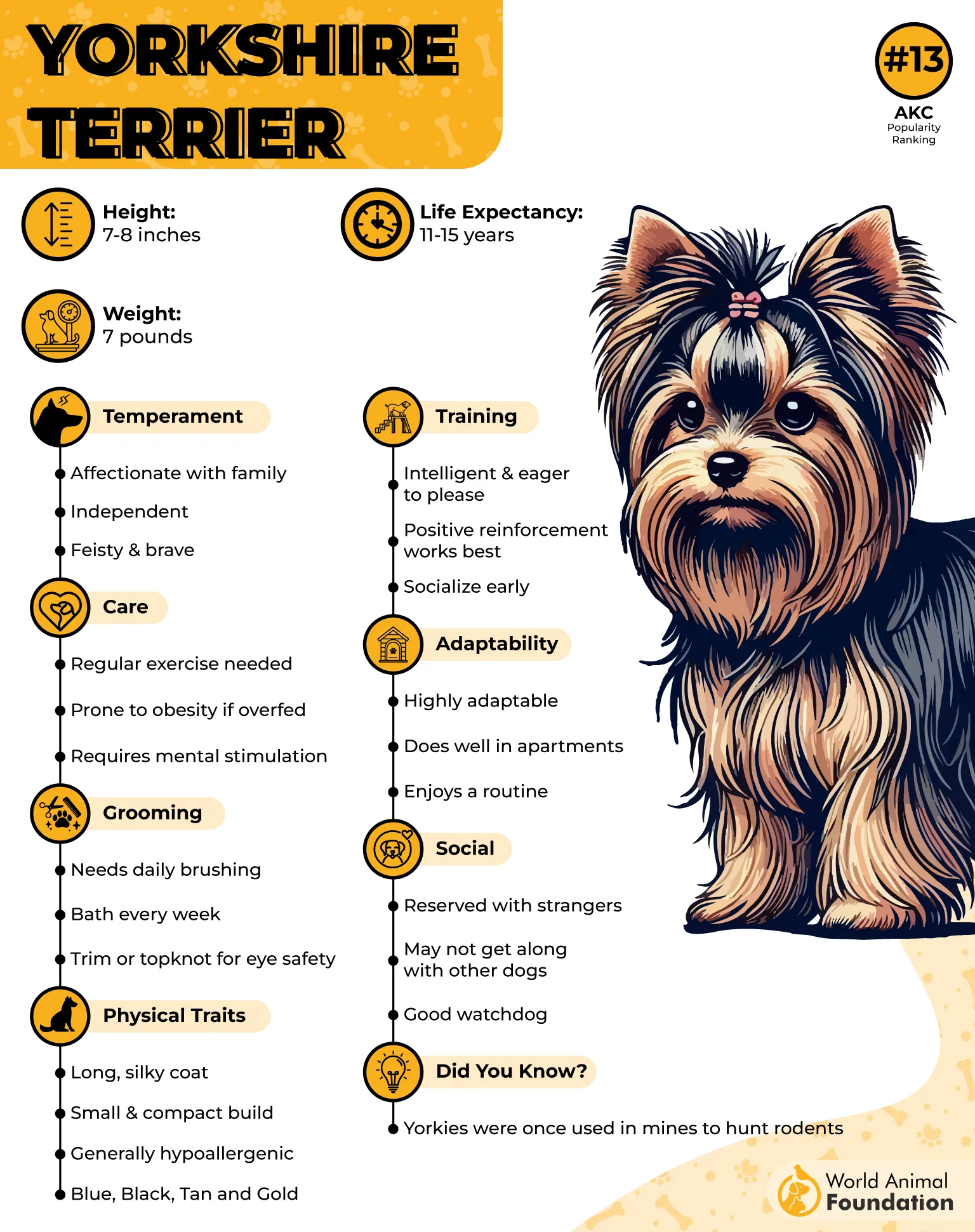
Their small size does mean they need supervision—both to protect them from accidents and to prevent their enthusiasm from spiraling into “nuisance barking” marathons.
The good news? With consistent training and early socialization, you can teach a Yorkie to keep its barking in check. Think of it as teaching a rock star to respect quiet hours—sometimes a challenge, but totally worth it.
Bottom line: A Yorkshire Terrier is a bundle of energy, curiosity, and courage… all packed into a dog that could fit in your handbag. If you can handle the high-pitched commentary on everything happening around you, you’ll have a loyal, adventurous, and endlessly entertaining companion.
Just don’t underestimate those tiny paws—they come with a big personality and an even bigger voice.
5. Miniature Schnauzer
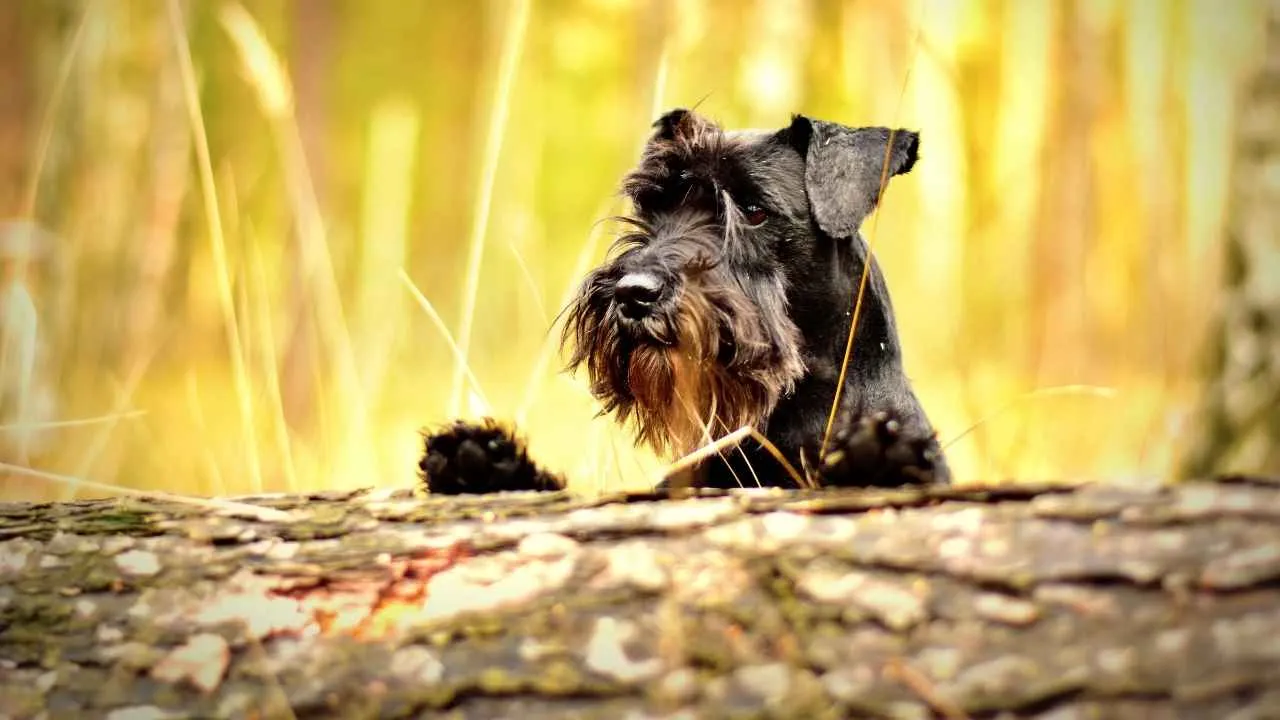
Barking Level: High
Don’t let their stylish beards and tiny size fool you—Miniature Schnauzers are vocal little dynamos.
Originally bred to patrol farms, chase off vermin, and keep the rat population in check, these little pups take their “watchdog duties” seriously… and by “seriously,” we mean they’ll bark at almost anything that moves.
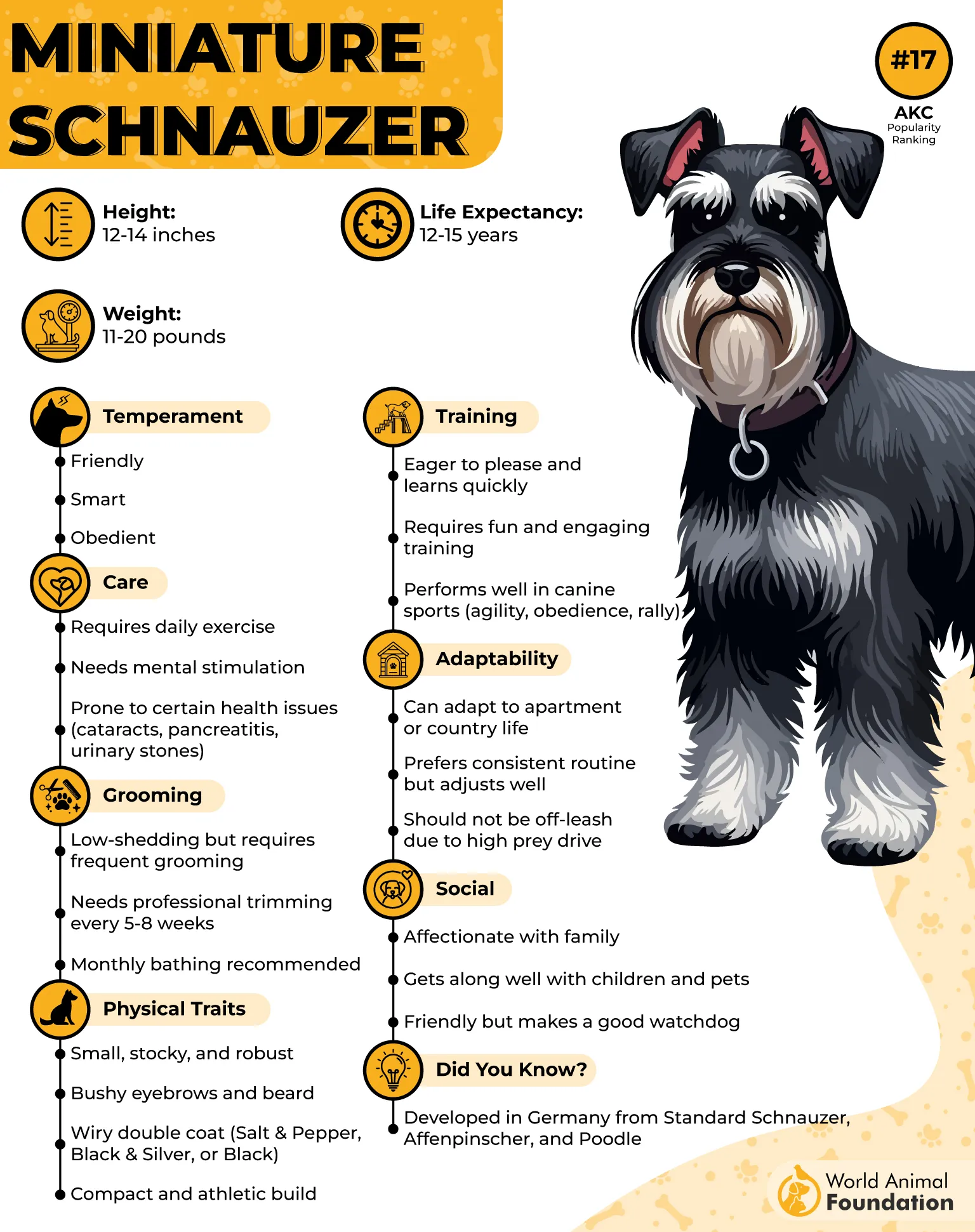
Mini Schnauzers are brave, tenacious, and full of personality. They love to make their presence known, especially during playtime. But don’t worry—they’re not aggressive.
With enough exercise and interaction, they can channel their energy into fun games rather than constant barking. Kids who are ready to run around and tire them out are basically giving these dogs a dream job.
Despite their boisterous tendencies, Miniature Schnauzers are affectionate and loyal. They love attention and enjoy cuddles after a good bout of yapping and play. Think of them as little furry cheerleaders: always alert, always enthusiastic, and occasionally a little loud—but endlessly lovable.
Bottom line: If you want a small dog with a big personality and a loud voice, the Miniature Schnauzer is ready to join your team. Just be prepared for enthusiastic commentary on everything happening in your home.
6. Basset Hound

Barking Level: Moderate to High
With their short legs, extra-long ears, and famously droopy eyes, Basset Hounds look like they were designed for maximum cuddles—and minimal effort. But don’t let that laid-back exterior fool you!
While Bassets aren’t the fastest runners on the block, they certainly know how to make their presence heard. Basset Hounds love being part of the action, but if left alone for too long, they’ll protest in true hound style—a deep, melodic howl that says: “Hey! I’m here! Where’s the attention?!”
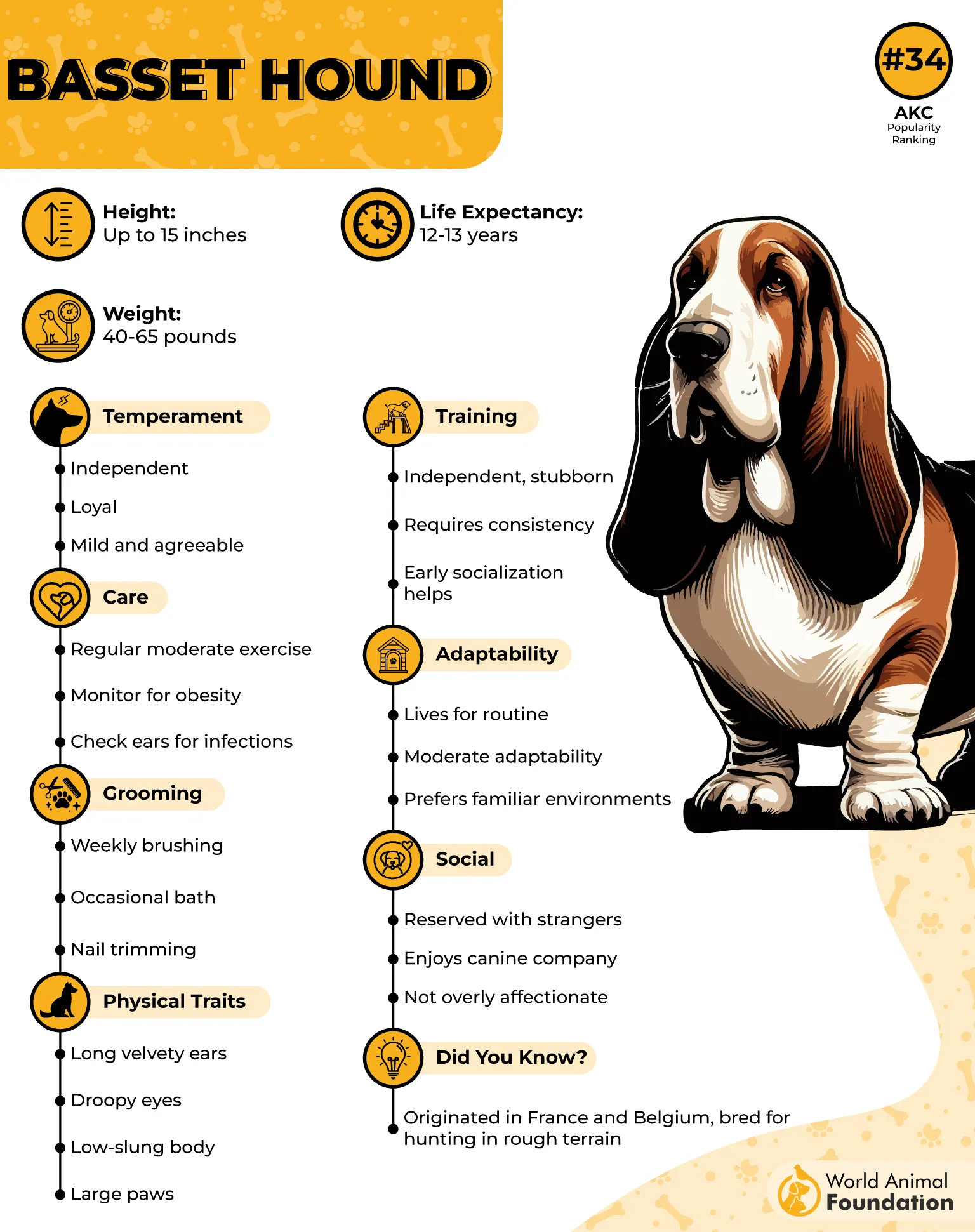
Their vocalizations aren’t constant, but when they do speak up, everyone will know it. Despite their drama, Bassets are gentle, affectionate, and perfect for families who don’t mind a little extra noise now and then.
Their slow-and-steady approach to life, combined with a hearty howl when needed, gives them a personality that’s equal parts lovable and theatrical.
Bottom line: A Basset Hound is like a lovable couch potato with a surprisingly loud opinion. They may not sprint, jump, or climb fences, but they’ll make sure their voice is heard—often in the most hilarious, droopy-eyed way possible.
7. Alaskan Malamute
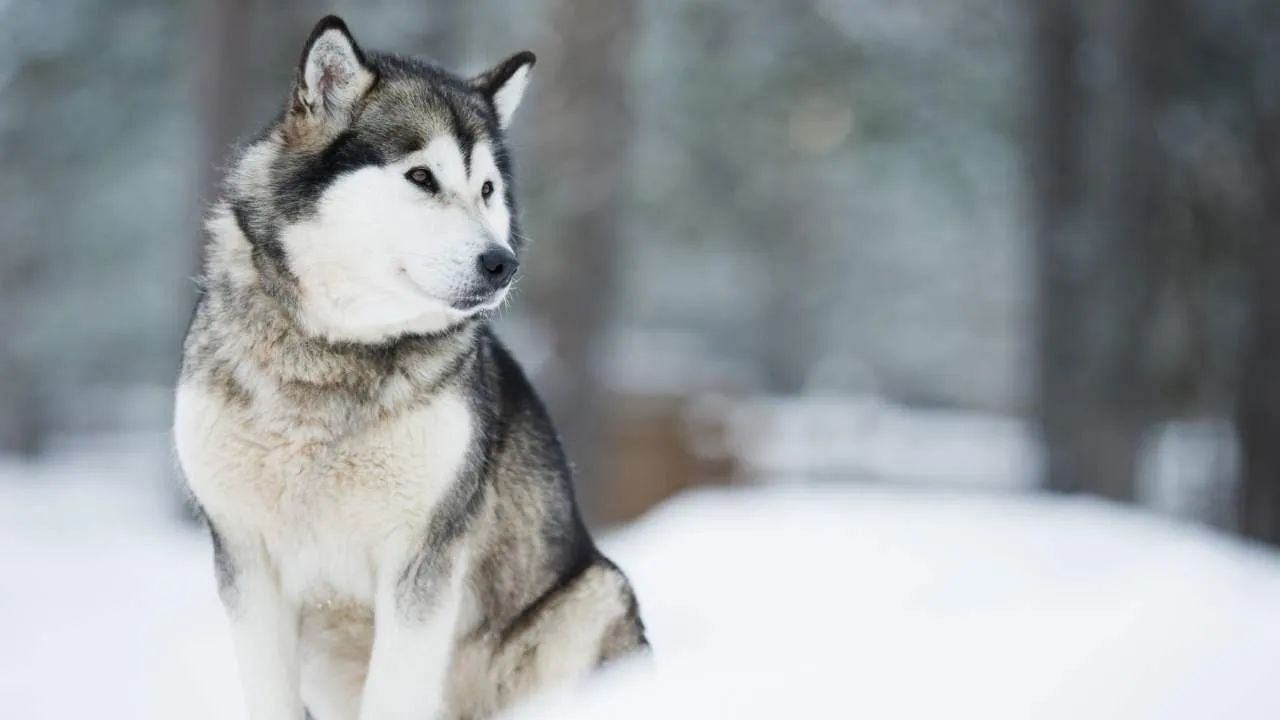
Barking Level: Moderate to High
Alaskan Malamutes are like Huskies’ bigger, fluffier cousins—majestic, strong, and not afraid to make some noise. While they aren’t nonstop barkers, these northern powerhouses are expert howlers, often using their voices to communicate with their “pack” (that’s you and your family).
Originally bred to haul heavy loads across icy terrain, Malamutes have a deep, resonant howl that carries for miles—perfect for letting their friends know where they are… or just announcing that dinner is late.
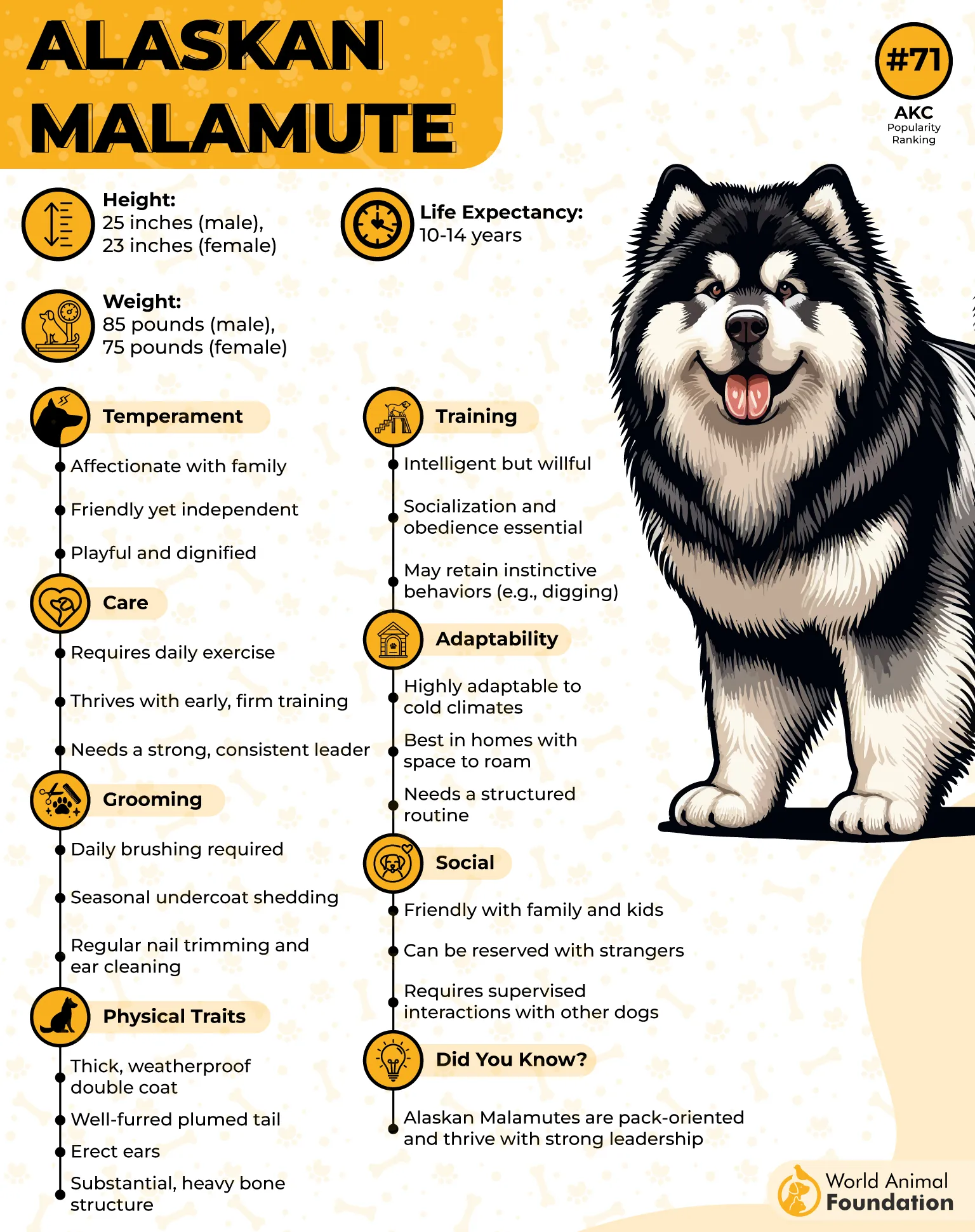
They love to “talk” to their humans, and you’ll often find them holding long conversations with expressive yips, howls, and a bit of playful growling.
Friendly and social, Malamutes are usually more welcoming than wary, making them poor guard dogs but excellent companions for active families. They need plenty of exercise and mental stimulation to prevent boredom, which can lead to creative (and noisy) ways to entertain themselves.
Bottom line: Alaskan Malamutes are gentle giants with a voice to match their size. Expect expressive howls, playful “conversations,” and a dog that makes sure the whole neighborhood knows they’re around—just in case you ever forget.
8. Pomeranian
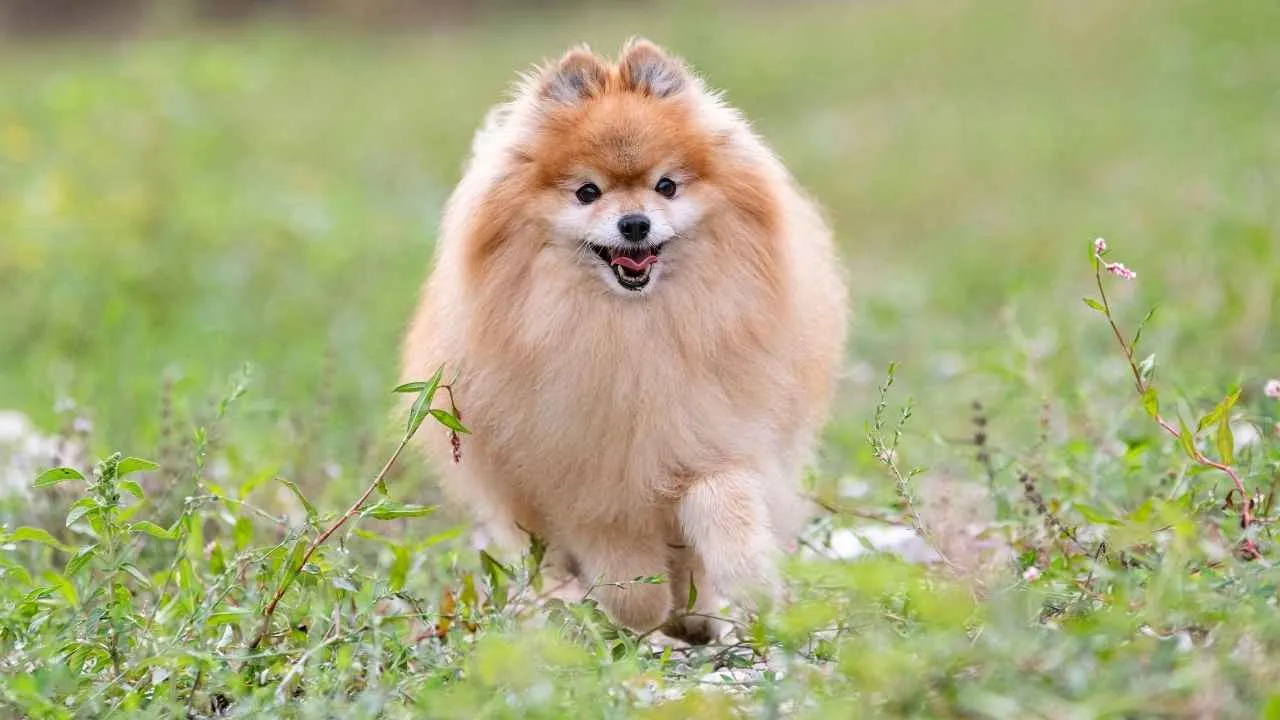
Barking Level: Very High
Don’t let their tiny, fluffy bodies fool you—Pomeranians have voices that pack way more punch than their size suggests. These little fluffballs are alert, lively, and often convinced that the world revolves around them.
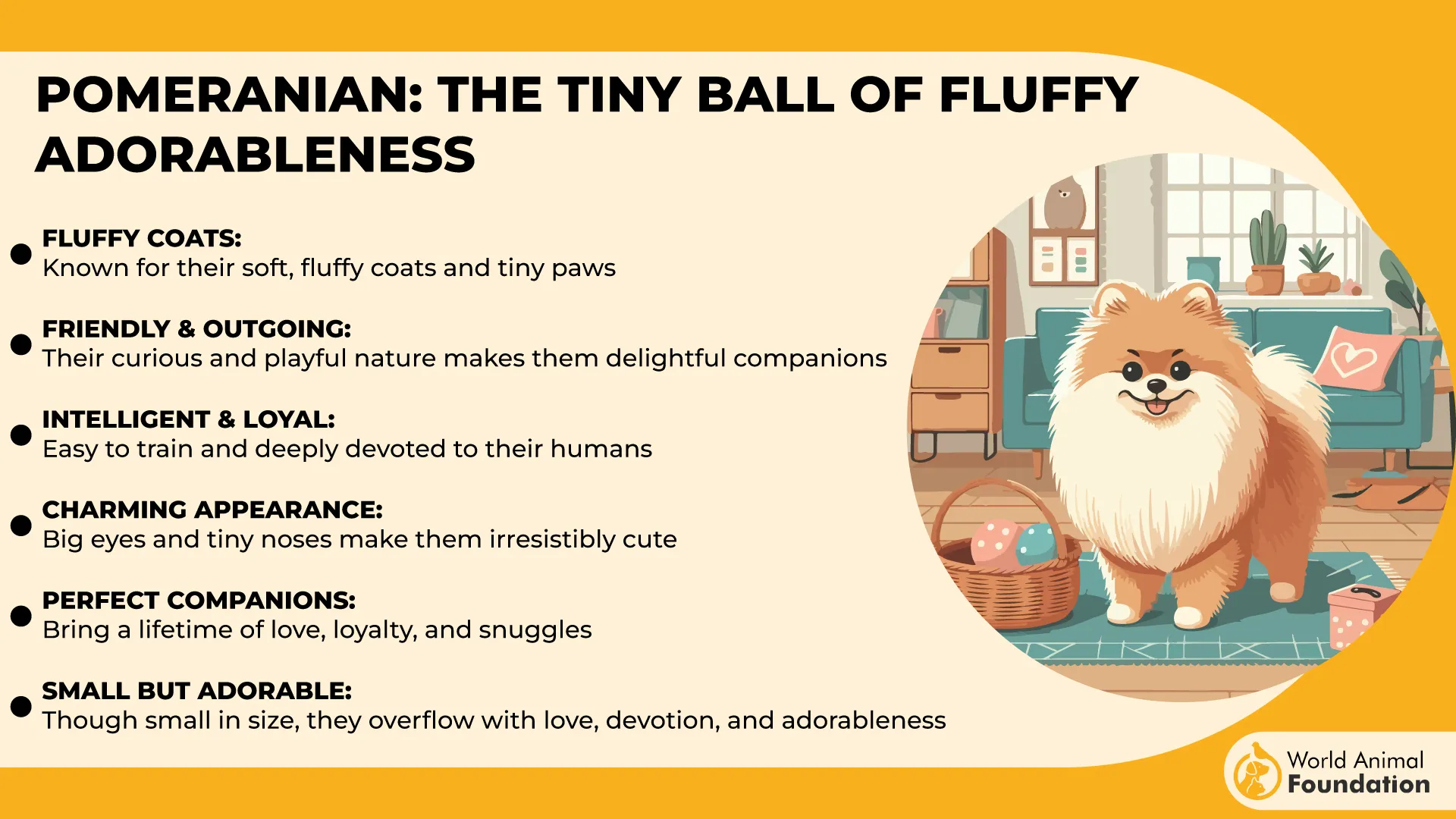
A knock at the door? Bark. A stranger approaching? Bark. A shadow across the room? Definitely bark. Poms can grow extremely attached to their humans, which is part of why they’re so vocal.
Their low growl says: “Back off, this human is mine!” while their high-pitched bark translates roughly to: “Danger! Danger! Everyone, pay attention!”
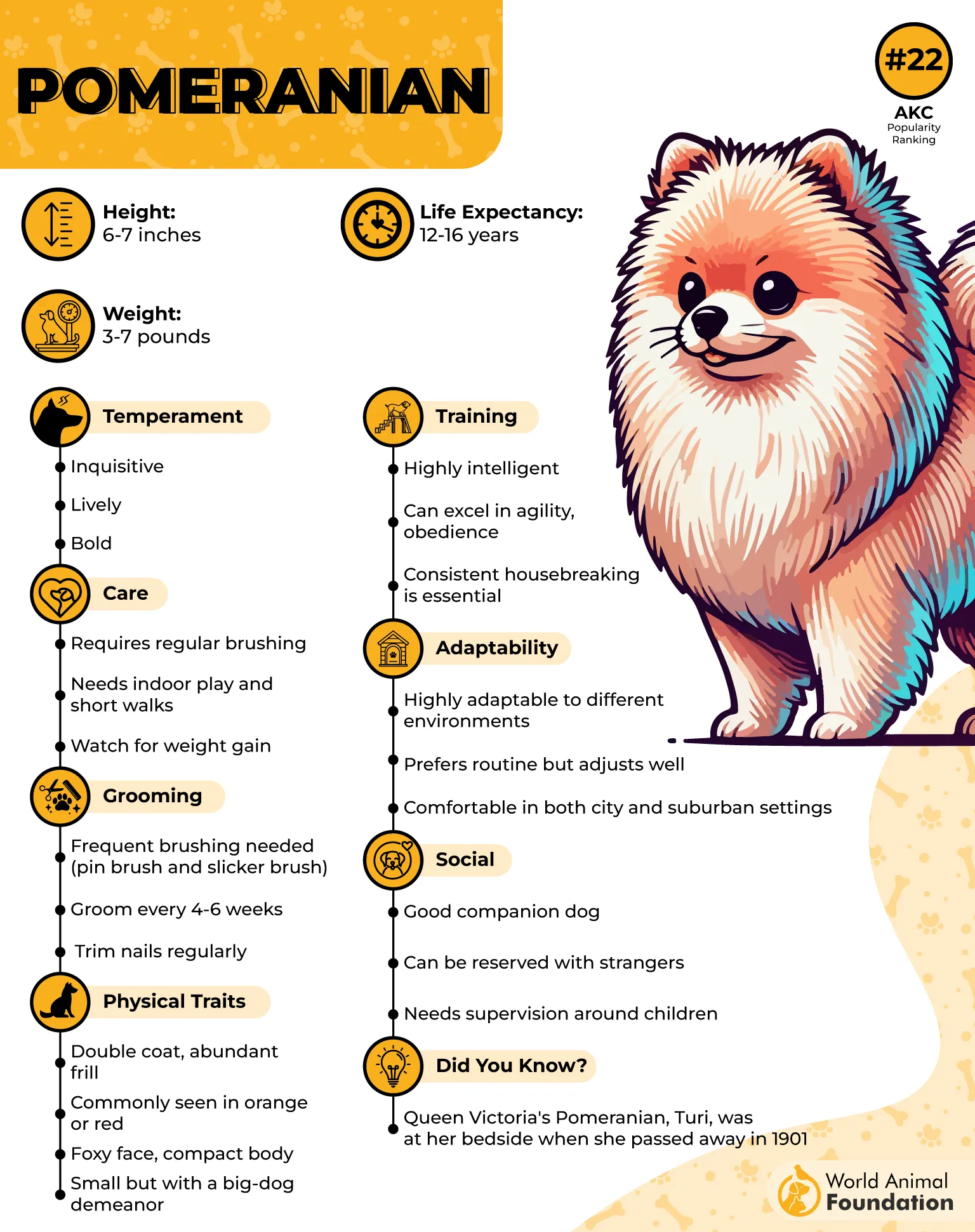
Fun fact: Pomeranians belong to the Spitz family, which includes Huskies, Malamutes, and Akitas.
That explains their energetic, confident personalities and, of course, their love for making their presence known. They also come in a rainbow of colors, so you can have a tiny, talking cloud in almost any hue you like.
Bottom line: A Pomeranian is like a tiny guardian with a mega voice, a big personality, and a flair for drama. Prepare for a lot of attention—and maybe a few ear-piercing alerts—because this little fluffball isn’t shy about making sure you notice them.
9. German Shepherd
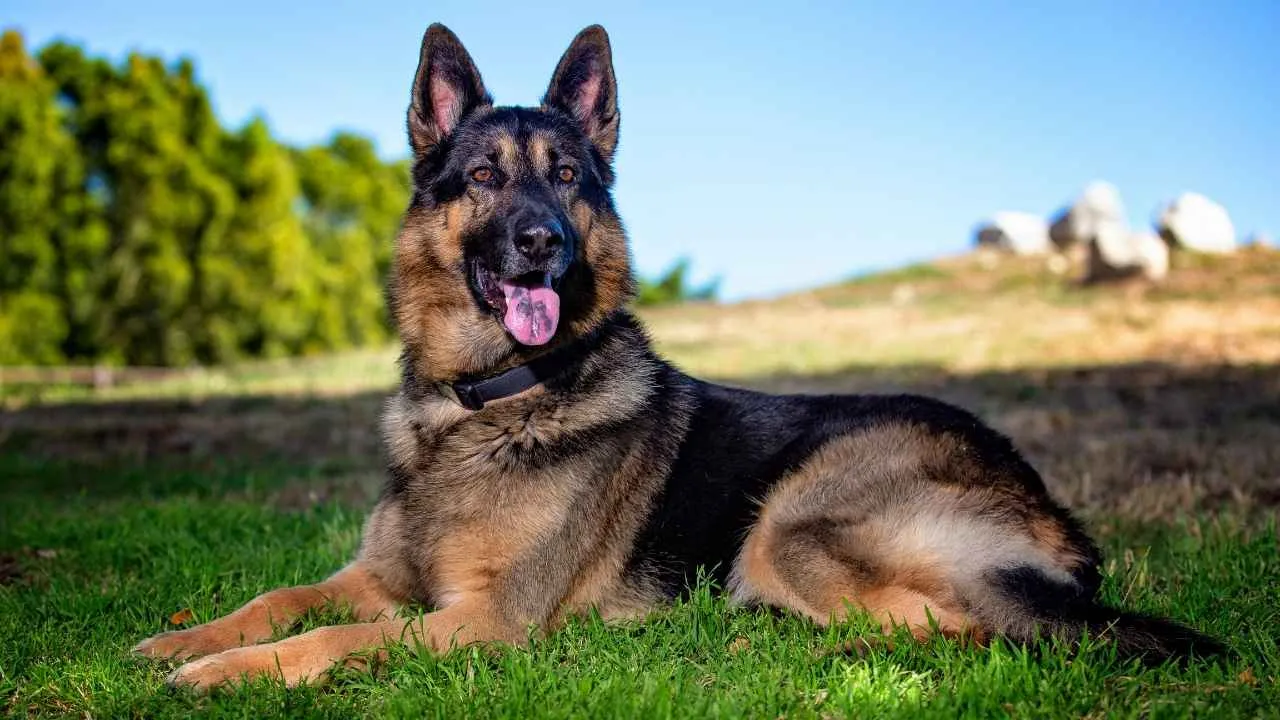
Barking Level: High
Most small dogs get labeled as yappy, but the German Shepherd proves that even big dogs can pack a serious vocal punch. Originally developed for herding sheep, this breed has also been trained for a variety of roles, including disability assistance, search-and-rescue, police work, and military service. Today, it is commonly kept as a loyal companion.
These intelligent, high-energy pups aren’t just barkers for attention—they use their voices to communicate, protect, and let you know exactly what they think about your life choices.
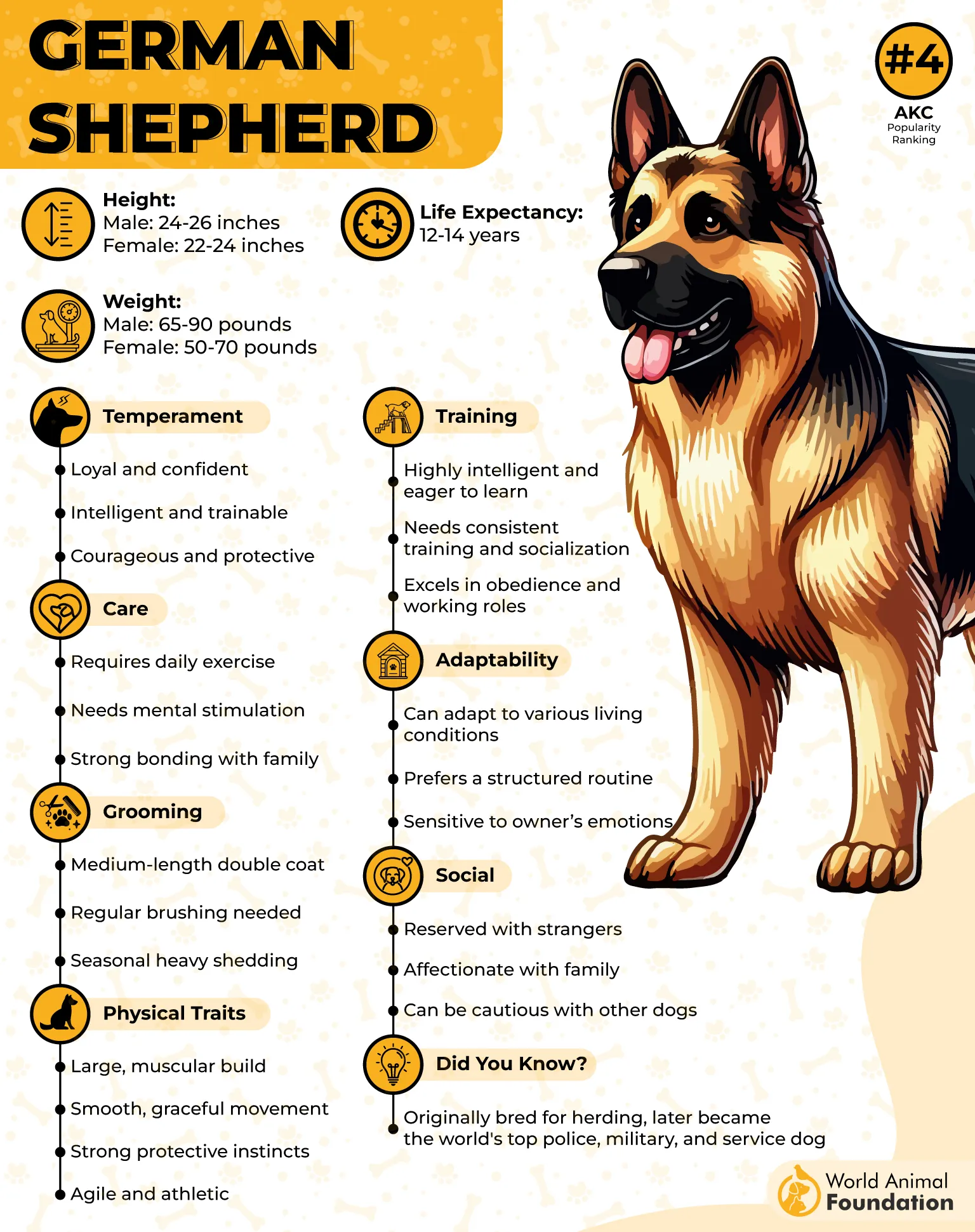
Petplan noted German Shepherds have a loud, commanding bark, perfect for alerting you to strangers, unusual noises, or anything that might require their expert supervision.
Left unstimulated or under-exercised, they’ll happily express their boredom in the form of vocal protests that make their presence impossible to ignore. The good news? With proper socialization and training, their tendency to over-bark can be managed.
These dogs thrive when given tasks, mental challenges, and plenty of physical activity—think obedience training, fetch, agility, or even herding. Keep them engaged, and you’ll have a loyal, watchful companion whose voice only comes out when it truly counts.
Bottom line: German Shepherds are smart, protective, and vocal dogs with the brains to match their barks. Ignore their need for stimulation, and you’ll hear plenty of opinions. Keep them active, and you’ll have a devoted, heroic friend with a voice that commands attention—on your terms.
Conclusion
When it comes to talkative dog breeds, your furry friend may surprise you. From the chatty pups like Australian Shepherds, German Shepherds, and Dachshunds to the most dogs that occasionally bark, vocalization is their way to talk to their owners.
Confident and sometimes opinionated, these breeds may hesitate less when expressing themselves, whether alerting you to movement outside the house or letting boredom show. Their bark serves as a friendly alarm, staying familiar with their family while keeping life lively.
Though some breeds are rare or frequently vocal due to hunting instincts, their chatty nature makes them unforgettable companions.


